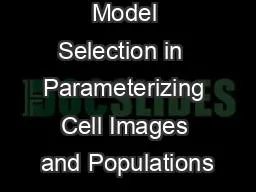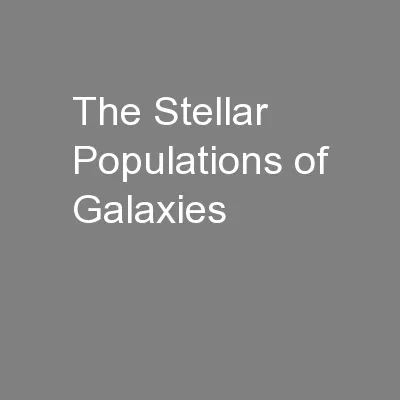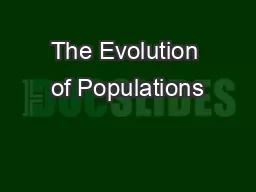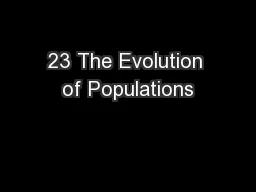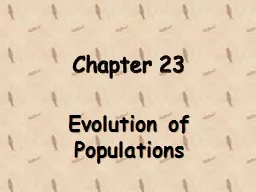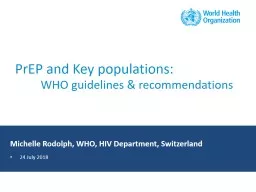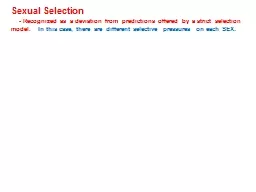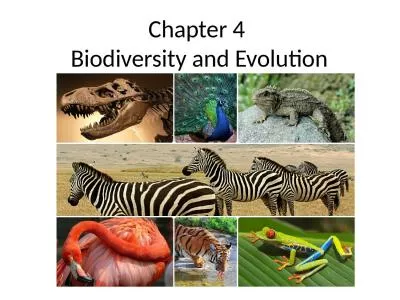PPT-Model Selection in Parameterizing Cell Images and Populations
Author : pinperc | Published Date : 2020-06-23
MMBIOS April 2015 Gregory R Johnson Nuclear shape Cell shape Object pos probability Object number Object appearance Microtubule distribution Object positions Object
Presentation Embed Code
Download Presentation
Download Presentation The PPT/PDF document "Model Selection in Parameterizing Cell ..." is the property of its rightful owner. Permission is granted to download and print the materials on this website for personal, non-commercial use only, and to display it on your personal computer provided you do not modify the materials and that you retain all copyright notices contained in the materials. By downloading content from our website, you accept the terms of this agreement.
Model Selection in Parameterizing Cell Images and Populations: Transcript
Download Rules Of Document
"Model Selection in Parameterizing Cell Images and Populations"The content belongs to its owner. You may download and print it for personal use, without modification, and keep all copyright notices. By downloading, you agree to these terms.
Related Documents

